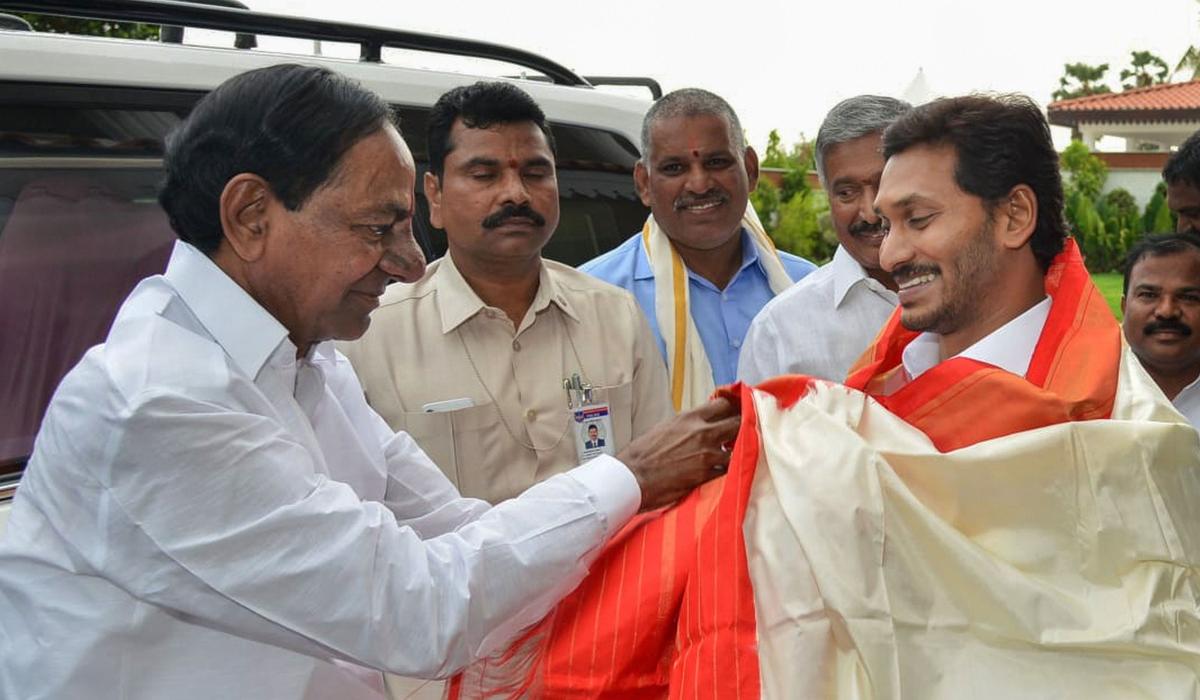
More the merrier; why districts are multiplying in Telugu States

Can you improve the administrative efficiency of a State by simply increasing the number of districts? The sibling Telugu States seem to think so.
Taking a leaf out of Telangana’s book, Andhra Pradesh has decided to reorganise the districts, increasing their number from the present 13 to 25.
Unlike the neighbouring Tamil Nadu, where the creation of new districts and the talk of making Madurai the second capital are largely seen as a possible game plan with an eye on the next year’s assembly elections, AP has cited administrative convenience as the reason for increasing the number of districts.
“The existing districts are very large with a huge population, making them unwieldy for administration. Smaller districts will be administratively convenient. Moreover, there is already a system of village and ward secretariats at the grassroots level to take the benefits of the government schemes to the people,” the State Information and Public Relations Minister P Venkataramaiah told The Federal.
However, the move has met with resistance from within the ruling party. The public policy experts have also questioned the rationale behind the decision.
In sync with LS constituencies
AP has 25 Lok Sabha constituencies. The reorganisation exercise is meant to bring the jurisdiction of districts in line with the LS constituencies. As a result, there would be one district for each of the 25 parliamentary constituencies.
While the YSR Congress government has defended the move on the grounds that it would help decentralisation of administration, it has not gone down well with a section of the ruling party leaders who fear erosion of their hold and influence.
A senior party leader and former minister D Prasada Rao, has openly opposed the move, saying it would be detrimental to his native Srikakulam, a backward district bordering Odisha.
Rao, a close aide of Chief Minister YS Jagan Mohan Reddy’s father YS Rajsekhar Reddy, has been sulking ever since he was denied the cabinet berth. Instead, his younger brother Krishna Das was inducted into the ministry.
He said the government should have held wide consultations with the people’s representatives and members of the civil society before taking such a decision.
“For instance, Etcherla and Rajam Assembly constituencies in my districts which are major industrial and educational hubs are being merged with Vizianagaram district. With this, Srikakulam will be robbed of development and will lose its vitality,” Rao said.
As per the proposal, Srikakulam, with 10 Assembly segments, will be unbundled and some parts will be merged into Vizianagaram district while some others will be brought under the jurisdiction of the newly created tribal district with Araku as the headquarters.
Just like the three-capital plan, the latest move to reorganise the districts is likely to open a Pandora’s Box, with a section of the ruling party leaders fearing that they might lose their hold in the constituencies in the post-restructuring scenario.
However, the Chief Minister has asserted that the initiative was aimed at ensuring decentralisation of administration and taking governance to the doorsteps of people. It will come into effect by March 31 next year.
The decision is in tune with the promise made by Jagan during his “Praja Sankalpa Yatra”, a public outreach programme before the 2019 elections.
Burden on exchequer
“It is a huge burden on the public exchequer. Moreover, in this virtual age, governance can be delivered through videoconferencing by harnessing IT tools. Therefore, physical distance does not matter,” says M Padmanabha Reddy, a retired IFS officer and secretary of Forum for Good Governance, an NGO.
Earlier, Telangana had increased the number of districts from 10 to 31, incurring a huge cost for building bungalows for collectors, Superintendents of Police and the other department heads. “It has been a failed experiment. There is no visible improvement in the efficiency of the administration,” Reddy pointed out.
Modalities
A high-level committee has been formed to work out the modalities of the reorganisation exercise. The panel, headed by the chief secretary, comprises chief commissioner of land administration (CCLA), secretary (services) of the general administration department, secretary of the planning department and an official from the chief minister’s office as members. Principal Secretary (finance) will be its convener.
The committee will look into various issues concerning the reorganisation of districts, including controlling the administrative expenditure. The committee has been asked to submit the report at the earliest.
In all probability, the work regarding the demarcation of new districts would be completed by March 31, the official sources said. The objective of the exercise was to make optimum and effective utilisation of human resources and infrastructure facilities in the state, they said.
The Union Home Ministry has directed all states not to make any jurisdictional changes from January 1, 2020, to March 31, 2021, in view of the ongoing Census operations. As a result, the formation of new districts in Andhra is expected only after the completion of Census exercise.

